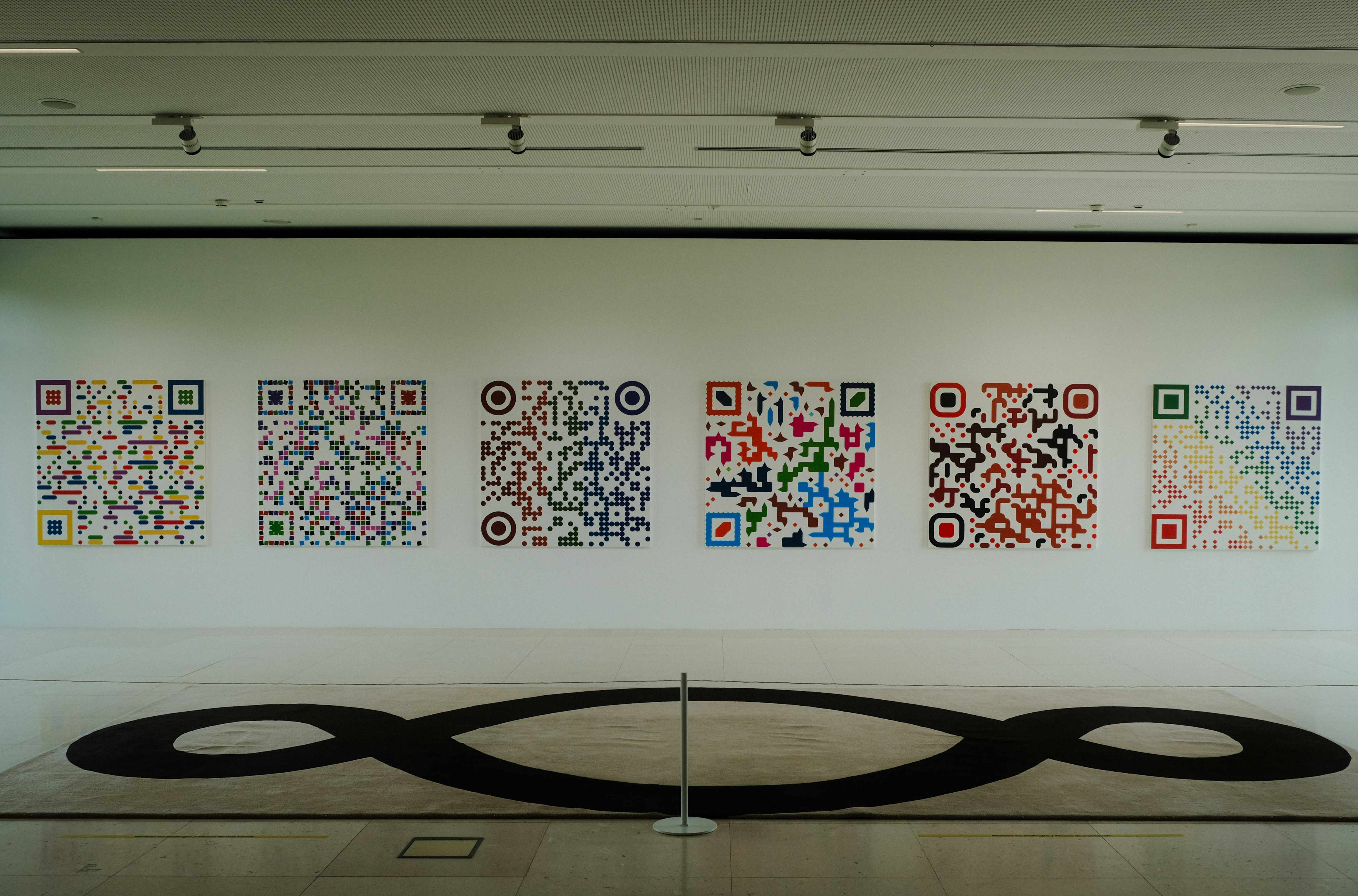Avant-Garde Opera: Redefining the Boundaries of Musical Theater
In the ever-evolving landscape of performing arts, a revolutionary movement is reshaping the world of opera. Avant-garde opera, a daring fusion of traditional operatic elements with cutting-edge experimental techniques, is captivating audiences and challenging conventional notions of musical theater. This innovative approach to opera blends classical vocal prowess with modern technology, unconventional staging, and boundary-pushing narratives, creating a unique and immersive experience that speaks to contemporary audiences while honoring the art form's rich heritage.

The Genesis of Avant-Garde Opera
Avant-garde opera traces its roots to the early 20th century, when composers and directors began to experiment with new forms of musical expression. Pioneers like Igor Stravinsky and Arnold Schoenberg laid the groundwork for this revolutionary movement, challenging traditional tonality and narrative structures. However, it wasn’t until the latter half of the century that avant-garde opera truly began to take shape as a distinct genre.
In the 1960s and 1970s, composers like Philip Glass and John Adams started pushing the boundaries of what opera could be, incorporating minimalist techniques and exploring unconventional subject matter. These early experiments set the stage for the more radical innovations that would follow in the decades to come.
Technological Integration in Modern Opera
One of the most striking features of contemporary avant-garde opera is its embrace of cutting-edge technology. Digital projections, interactive set designs, and even virtual reality elements are now being integrated into productions, creating immersive experiences that blur the lines between reality and performance.
For example, the recent production of Michel van der Aa’s Blank Out utilized 3D projections and live video feeds to create a haunting, multilayered narrative that explored themes of memory and loss. This seamless integration of technology not only enhances the visual spectacle but also opens up new possibilities for storytelling and audience engagement.
Reimagining Vocal Techniques and Musical Composition
Avant-garde opera is not just about visual innovation; it’s also pushing the boundaries of vocal performance and musical composition. Composers are experimenting with extended vocal techniques, incorporating elements of spoken word, and even integrating electronic and ambient sounds into their scores.
One notable example is Georg Friedrich Haas’s Koma, which features microtonal harmonies and requires singers to perform in complete darkness, challenging both performers and audience members to experience opera in an entirely new way. These innovative approaches to sound and composition are expanding the expressive possibilities of the human voice and redefining what opera can sound like.
Breaking Narrative Conventions
Traditional opera often adheres to linear narratives and familiar storytelling structures. Avant-garde opera, however, is not afraid to disrupt these conventions. Many contemporary works feature non-linear plots, abstract concepts, or even completely plotless experiences that focus purely on sound and sensation.
Kaija Saariaho’s L’Amour de Loin, for instance, explores themes of love and distance through a dreamlike, almost meditative narrative structure that defies traditional operatic storytelling. By breaking free from conventional narratives, avant-garde opera opens up new avenues for emotional expression and intellectual engagement.
The Impact on Audience Experience and Engagement
Perhaps the most significant aspect of avant-garde opera is how it’s changing the way audiences interact with and experience the art form. Gone are the days of passive observation from plush velvet seats. Many contemporary productions encourage active participation, whether through interactive elements, immersive staging, or the use of unconventional performance spaces.
The Industry’s Hopscotch, performed in cars driving through Los Angeles, is a prime example of how avant-garde opera is reimagining the audience experience. By taking opera out of the traditional theater setting and into the real world, these productions are making the art form more accessible and relevant to modern audiences.
Challenges and Controversies
Despite its innovative approach and growing popularity, avant-garde opera is not without its critics. Some traditionalists argue that these experimental works stray too far from the essence of opera, potentially alienating long-time fans of the genre. There are also concerns about the financial viability of such productions, which often require significant technological investments and may have limited commercial appeal.
However, proponents of avant-garde opera argue that this evolution is necessary for the art form to remain relevant and attract new generations of opera-goers. They see these experimental works as a way to breathe new life into a centuries-old tradition, ensuring its continued vitality in the 21st century and beyond.
The Future of Avant-Garde Opera
As technology continues to advance and artistic boundaries are pushed ever further, the future of avant-garde opera looks bright and full of potential. We can expect to see even more innovative uses of technology, including augmented reality and AI-generated elements, as well as further exploration of unconventional themes and performance styles.
Moreover, the growing interest in interdisciplinary art forms suggests that avant-garde opera may increasingly collaborate with other genres, from contemporary dance to visual arts, creating truly hybrid performances that defy easy categorization.
In conclusion, avant-garde opera represents a bold and exciting evolution of a beloved art form. By embracing new technologies, challenging traditional narratives, and reimagining the audience experience, these innovative productions are ensuring that opera remains a vital and relevant part of our cultural landscape. As we look to the future, it’s clear that the boundaries of musical theater will continue to be redefined, offering audiences new and thrilling ways to engage with this timeless art form.




